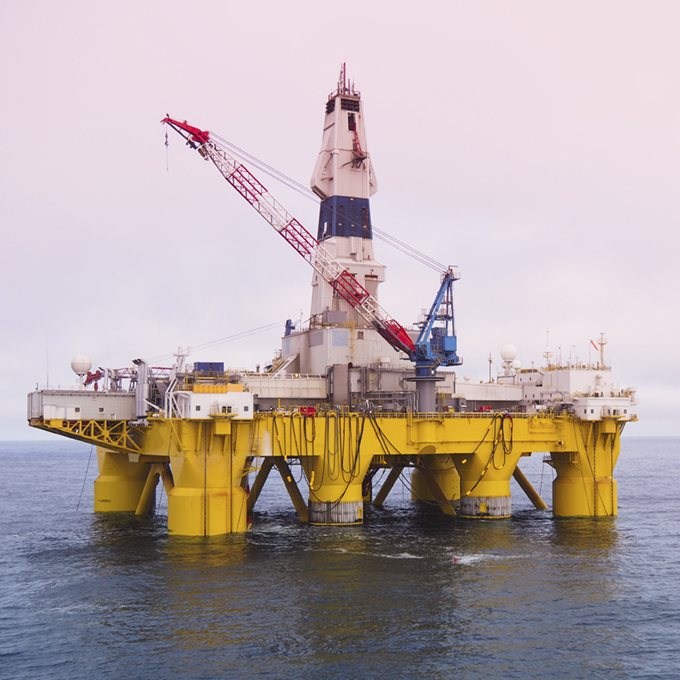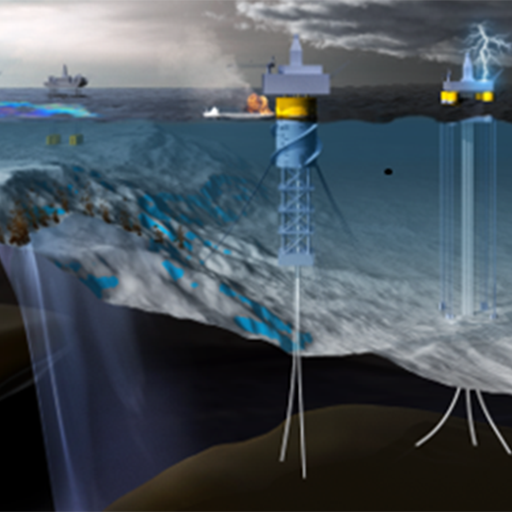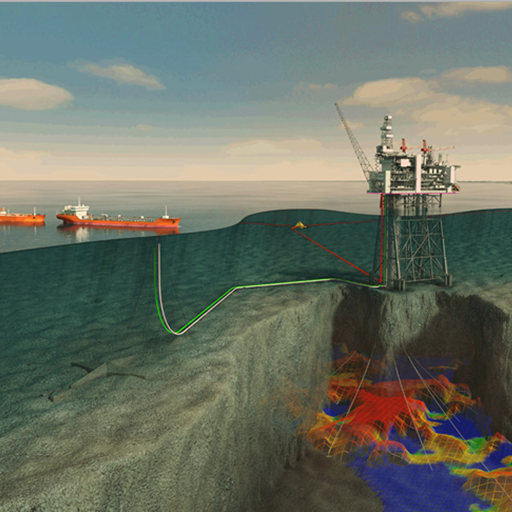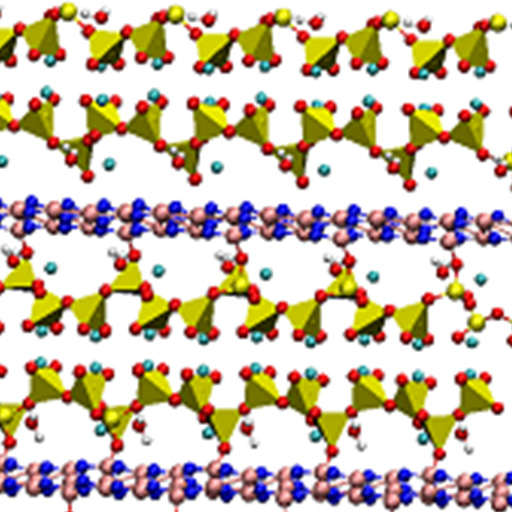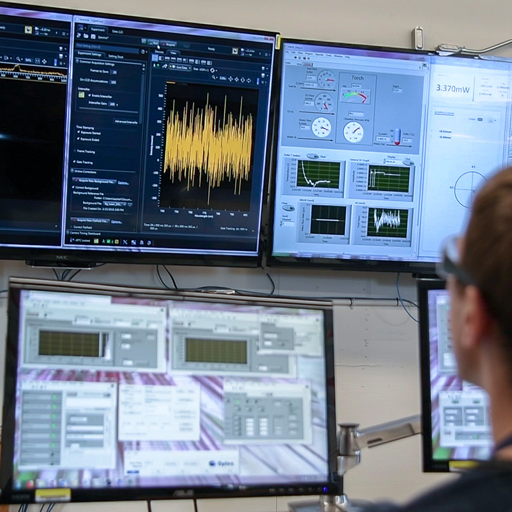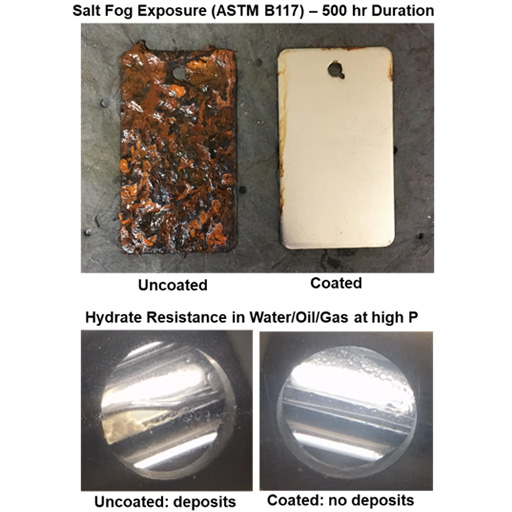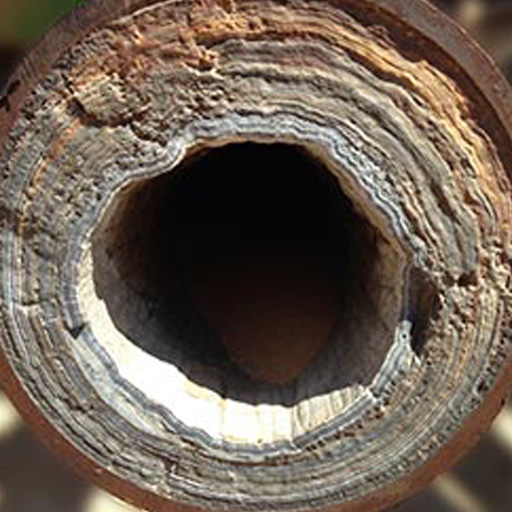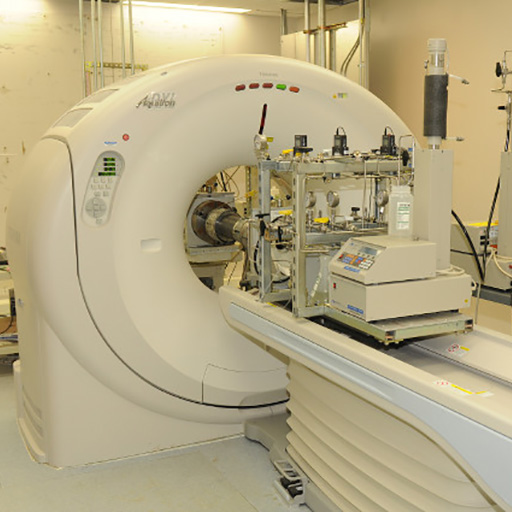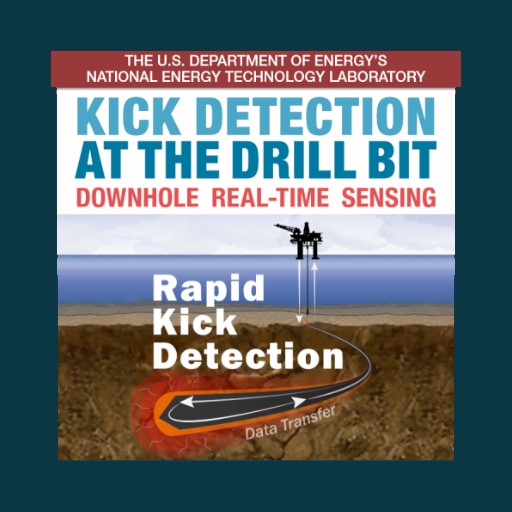Overview
This project is focused on conducting laboratory experiments whose data will be used for validation and calibration of a new kick detection and fingerprinting concept, which could be used to help prevent well blowouts.
A kick refers to the onset of formation fluid flow into the wellbore, and represents the first stage of a loss of well control. Not all kicks are serious events but when left unabated the process may accelerate and result in a blowout (complete loss), which can result in the loss of life, lasting environmental damage, and substantial economic losses. The best opportunity to prevent a blowout is to suppress the kick as soon as possible after it initiates. To achieve this accurate and early kick detection and reporting is essential. Conventional kick detection methods (e.g., monitoring mud pit returns, monitoring wellbore liquid levels, monitoring fluid flowrates, monitoring wellbore pressure) rely on techniques that are uncertain, limited in their applicability (e.g., only useful to certain drilling stages), and/or delayed in their detection. As a result, the limitations of these methods can increase the risk of fire or explosion on the rig floor as well as hydrocarbon releases to the environment. Newer kick detection techniques use more certain detection methods but are considered expensive.
A kick detection technique that is inexpensive and accurately conveys critical wellbore information in a timely manner provides a significant advantage over conventional methods for detecting and suppressing kicks.
This project will conduct laboratory experiments that support validation and calibration of a new kick detection and fingerprinting concept. Beyond theory and anecdotal observations, how a kick affects downhole geophysical measurements used in logging-while-drilling (LWD) operations is not well understood. Many variables, such as fluid properties, flow properties, wellbore geometry, drilling conditions, and geologic properties, can affect the kick signal but these data are proprietary and difficult to obtain. In this effort, laboratory experiments designed to simulate a kick will be used to increase our knowledge of how a kick affects geophysical measurements. This understanding can then be used to better inform the driller during a kick event (e.g., type/amount of kicking fluid) so that the most optimal mitigation actions can be taken.
Approach
Phase one of this project was the proof-of-concept and it has been completed. Phase two is the laboratory experimentation, and validation with field data phase. This phase will determine realistic boundaries on all parts of the technology, including detection limits for the geophysical instruments given a kick fluid concentration, assessing instrument response due to multiphase flow behavior in the annulus, and correlation of geophysical instrument responses to specific mixtures of kick and drilling fluids.
The team has designed and built a modular laboratory-scale apparatus that can simulate gas-liquid two-phase flows in a representative geometry. This apparatus will allow the team to directly observe gas-liquid flow regimes, verify expected wellbore fluid-flow behavior, simulate the expected geophysical response, and provide parameter constraints to the kick detection algorithm. The apparatus consists of five principal modules: flow cell, liquid supply, electrical control, pneumatic supply, and sensors. Air and water will be the fluids used in the experiments. The flow cell module is annular in geometry to simulate the wellbore environment. The sensor suite deployed in the flow cell consists of temperature, pressure, and acoustic sensors which are intended to measure the fluid mixture (e.g., gas-liquid) properties. Initially, the main operating variable will be gas volume fraction. The gas-liquid mixture acoustic property measurements (e.g., acoustic velocity and acoustic attenuation) as a function of gas volume fraction will be recorded along with flow regime photographs and video recordings.
The measurement data will also be used to develop a kick signature reference database by compiling property measurements and multiphase flow regime observations for a range of gas volume fractions in the fluid mixture. Fluid property measurements (e.g., acoustic velocity and acoustic attenuation) and flow regimes are theorized to correspond to specific gas-liquid proportions in the mixture. That is, the property measurement and flow regime combination may have unique values that would serve as a reliable reference for field measurements. This database would permit the driller to use these fluid property measurements from the field to then determine the identity of the kick fluid and to estimate the volume fraction of the kick fluid in the wellbore. If the total formation fluid flow time is recorded, this would also permit an estimation of the total volume of formation fluid produced during the kick.
Expected Outcome
- Creation of a database for air:water flow at ambient conditions that includes acoustic velocity, acoustic attenuation, pressure, and temperature as a function of air volume fraction and liquid flow rate.
- Development of a physics-informed, data-driven algorithm that can be used to detect and characterize, in near real-time, a downhole kick event.
Research Products
Constraining Kick Signals Through Advanced Multi-Phase Data
Carney, J., Rose, K., Suhag, A., Tost, B., Fronk, B., Waltrich, P., & Zimmer, M. (2020). Constraining Kick Signals Through Advanced Multi-Phase Data. National Energy Technology Laboratory (NETL), Pittsburgh, PA, Morgantown, WV, and Albany, OR (United States). https://www.osti.gov/biblio/1769064
Constraining Kick Signals Through Advanced Multi-Phase Data
Tost, B., Carney, J., Fronk, B., Waltrich, P., Constraining Kick Signals Through Advanced Multi-Phase Data. National Energy Technology Laboratory (NETL), Pittsburgh, PA, Morgantown, WV, and Albany, OR (United States). https://netl.doe.gov/sites/default/files/netl-file/21CMOG_OG_Waltrich.pdf
Exploring Beneath the Basemap: GIS for Science
Bauer, J., Justman, D., Mark-Moser, M., Romeo, L., Creason, C.G., and Rose, K., “Exploring Beneath the Basemap: GIS for Science,” October 2020, https://www.gisforscience.com/chapter5/v2.
Early Kick Detection from Downhole Measurements: A Novel Method for Reducing the Frequency and Magnitude of Loss-of-Well-Control Events
Tost, B.C., Rose, K., Carney, J., Aminzadeh, F., Suhag, A., Early kick detection from downhole measurements: a novel method for reducing the frequency and magnitude of loss-of-well-control events, Offshore Technology Conference, May 4-7, 2020, Houston, Texas, USA. https://doi.org/10.4043/30831-MS
System for Kick Detection During a Drilling Operation
Rose, K. K., Tost, B. C., & Aminzadeh, F. (2019). U.S. Patent No. 10,253,620. Washington, DC: U.S. Patent and Trademark Office.
Kick Detection at the Bit: Early Detection via Low Cost Monitoring
Tost, B., Rose, K., Aminzadeh, F., Ante, M. A., & Huerta, N. (2016). Kick Detection at the Bit: Early Detection via Low Cost Monitoring (No. NETL-TRS-2-2016). National Energy Technology Lab.(NETL), Albany, OR (United States).
Explore research products that are related to this project.
See related Phase 2 projects.
*Image Source: NETL
*Image Source: NETL
*Image Source: NETL
Experimental flow cell
Contacts
Janine Carney
Principal Investigator
Kelly Rose
Offshore Portfolio Lead
Roy Long
Offshore Portfolio Technical Manager
Effective Resource Development
Alexandra Hakala
Senior Fellow (Detail)
Geological & Environmental Systems
Philip Reppert
Associate Director
Geological & Environmental Systems





